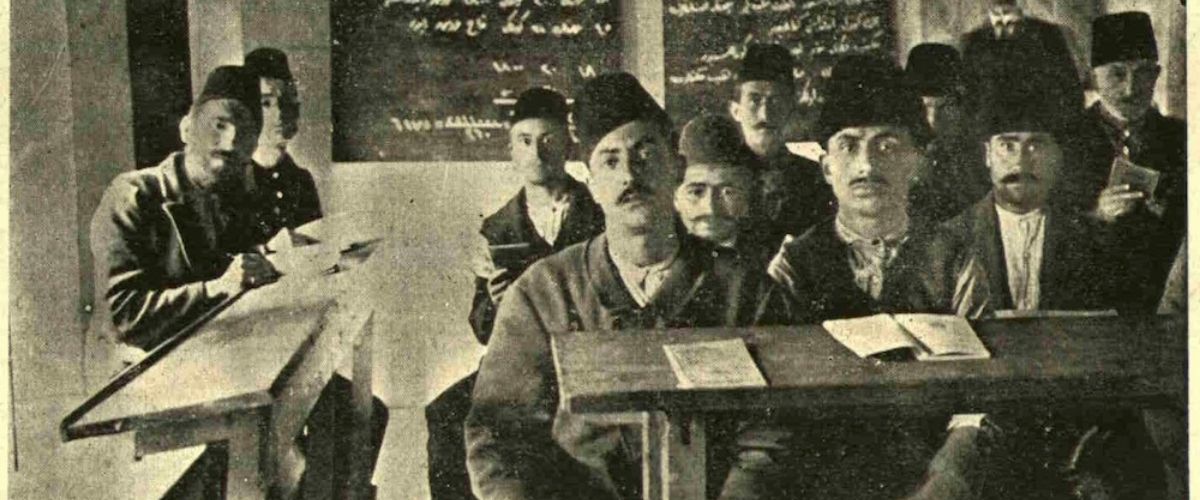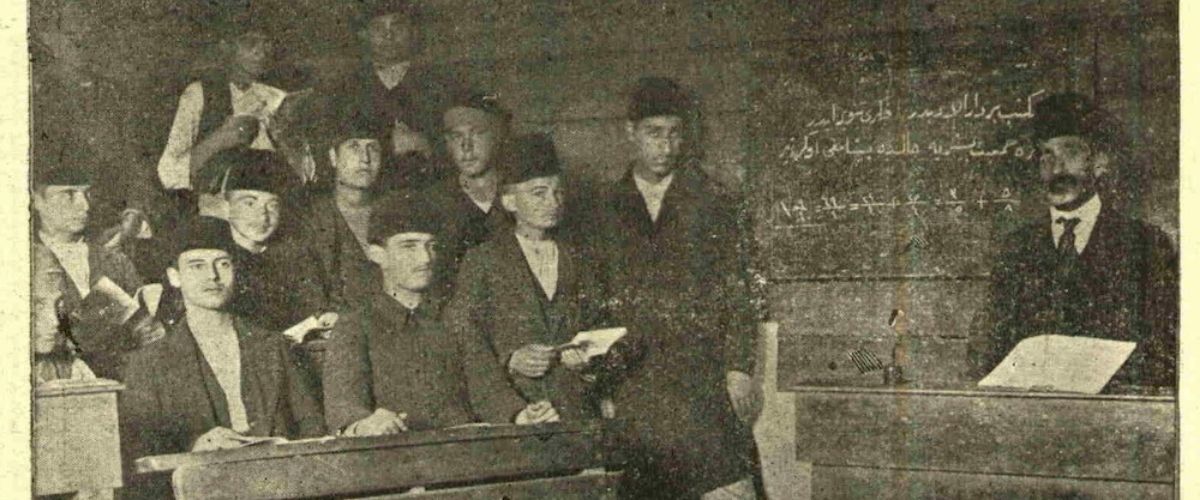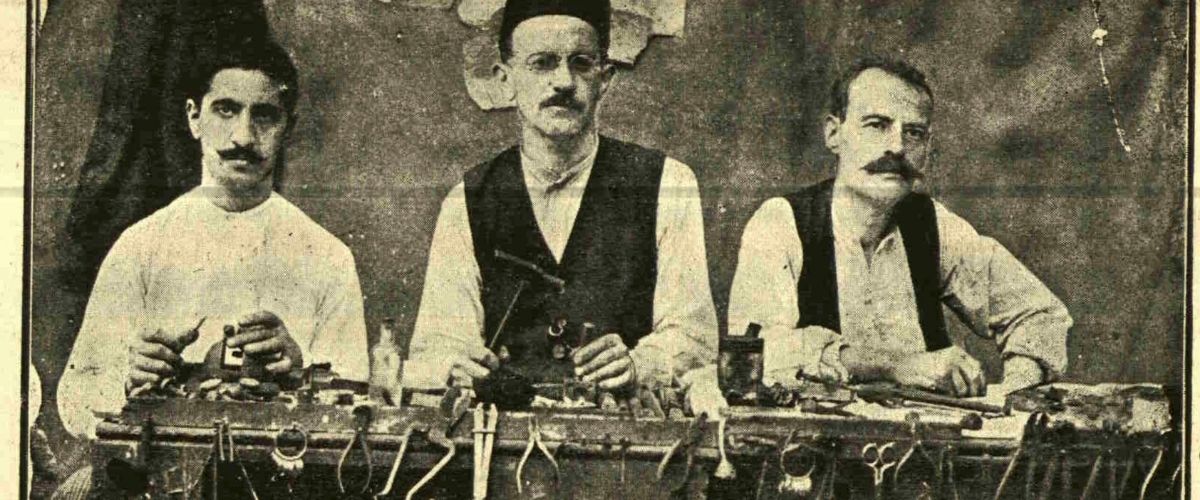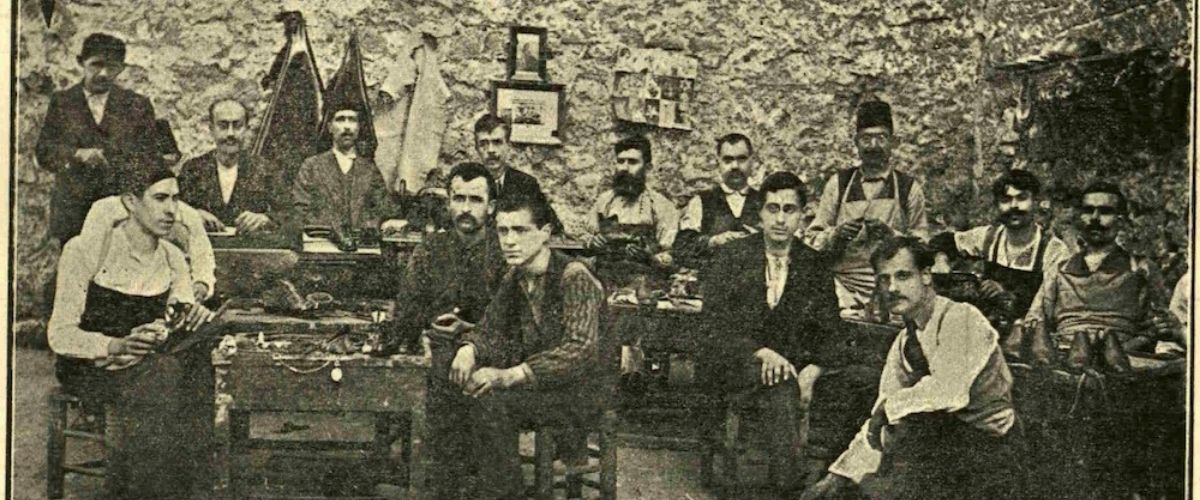Assoc. Prof. Dr. Ufuk Adak on the history of Ottoman prisons
Altınbaş University Faculty Member, historian Assoc. Prof. Dr. Ufuk Adak, in his academic study, addressed the issue of punishment and rehabilitation in the Ottoman Empire from Sultanahmet Prison to the present day.
When we think of prisons in the Ottoman Empire, castles, inns and shipyards come to mind first, but this situation began to change in the second half of the nineteenth century. As a result of the developments in Ottoman criminal law as well as the reports written by European ambassadors such as Stratford Canning, Henry Bulwer and experts such as Celestine Bonnin on the state of the imperial prisons, the first prison in the Ottoman Empire was built in the modern sense. Altınbaş University Faculty Member and historian Assoc. Prof. Dr. Ufuk Adak, in his academic study on the historical development of prisons in the Ottoman Empire, stated that Dersaadet Hapishane-i Umumisi, the first prison in the modern sense, was built in 1871 in Sultanahmet, Istanbul. Adak stated that the developments in Ottoman criminal law during this period, as well as the reports prepared by European ambassadors and experts, accelerated the reform process of Ottoman prisons. Adak's study once again demonstrates that the study of the Ottoman penal system has an important place in understanding the origins of modern penal execution policies.
The birth of modern prisons and Ottoman reform
Ufuk Adak's book in English, The Politics of Punishment in the Late Ottoman Empire: Ottoman Prisons and Prisoners was published by Altınbaş University Press. The book examines the transformations in the Ottoman penal system and the establishment of modern prisons in depth. Focusing on the important port cities of the Eastern Mediterranean such as Istanbul, Izmir and Thessaloniki, the book draws on a rich pool of sources including Ottoman archives, Ottoman and British press, city plans, photographs and illustrations.
Through rare photographs of the Dersaadet Hapishane-i Umumisi published in the Ottoman Police Magazines, the book provides detailed information on the daily lives of the inmates. Adak stated that in this prison, inmates were taught to read and write and various workshops were established to rehabilitate the inmates and said, “These workshops, where vocational training such as carpentry, tailoring and jewelry making were provided, aimed both to rehabilitate the inmates and to contribute to the prison budget.”
What are the obstacles in the Ottoman prison reform?
Adak emphasized that the two biggest obstacles to Ottoman prison reform were the inadequacy of prison budgets and the rapidly increasing prisoner population. Adak said that in the correspondence between the provincial and central administration of the period, many details were discussed, from the daily amount of bread to be given to prisoners to the treatment of sick prisoners, and that various amnesty practices were put into effect to solve these problems to some extent.
However, practices such as “afv-ı âli”, which were announced on the anniversaries of the sultan's accession to the throne and religious holidays, were not enough to reduce the occupancy rate in prisons. Adak stated that the Ottoman press of the period criticized the idle keeping of prisoners in prisons and drew attention to the importance of physically and psychologically rehabilitating prisoners in this process.
“Ottoman prisons are a multi-layered research area”
Prof. Dr. Ufuk Adak from Altınbaş University stated that the living conditions of prisoners in the Ottoman Empire, as well as the reproduction of crime, escape incidents and administrative strategies need to be addressed in a multi-layered manner. “The Ottoman prison reform aimed to establish a system where not only punishment but also rehabilitation was at the center. However, the lack of financial resources and physical infrastructure made it difficult to achieve these goals,” he said.






